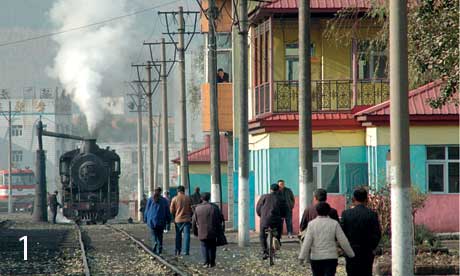
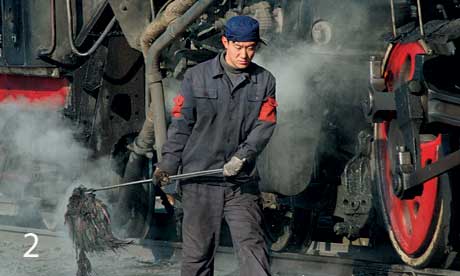
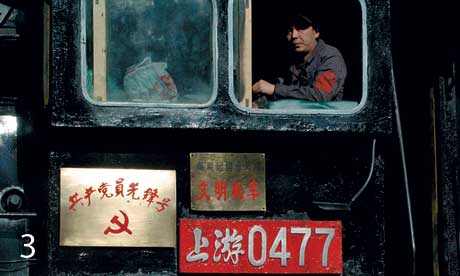
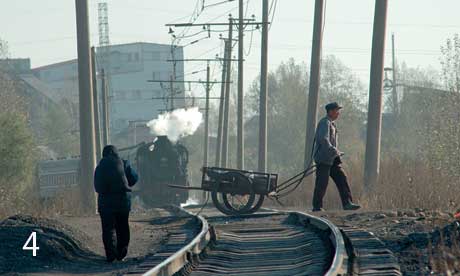
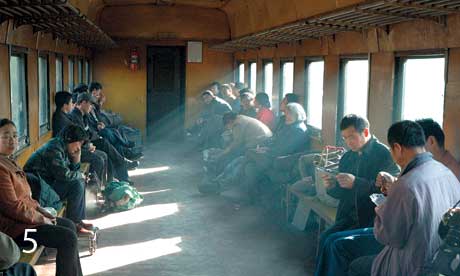
Competition judge and pro photographer Steve Davey explains the techniques behind last year's winning photo story
The key to a successful portfolio is that all your pictures work together to tell your story. They should each be good pictures in their own right, in terms of subject matter and style, but they also need to combine into a compelling set. Every year we receive entries that fail even these basic criteria.
Part of the challenge is in the editing. Many photographers are too close to their own work to successfully edit it, keeping average pictures to which they are emotionally attached, or failing to choose between two similar pictures, and so including both.
We often see portfolios that have been edited specifically for the competition, and are linked only by the most tenuous thread. It is possible to edit a cohesive selection of existing images retrospectively, rather than shoot with a photo story in mind, but you need to have a rigid theme and edit without favour or mercy!
The images above are all by HR Clayfield, who won the 2008 Portfolio category. Clayfield turned his camera – a consumer-level Nikon D70 – on the dwindling steam trains of China. With each of his five pictures we can draw a different tip for budding photostory snappers.
This picture could work as an opening spread in a magazine such as Wanderlust. The story is about steam trains in China, and the way railway workers and passengers interact with them. This shot sets the scene, and is composed well, with the main subject off-centre.
Portraits are vital to any story with a human element. This portrait of a driver in situ uses
a longer subject distance, a candid style and a vertical orientation – avoiding any repetition with the other shots in the set. You get fresh narrative information too, in the dynamism of the steam and the grimy engine bodywork.
Vary the subject distance – and the focal length of your lens – for visual variety. This shot is part-portrait, part-detail: the signs don’t just add colour to a muted palette, but also locate the story in China.
This simple shot – in isolation, probably the weakest of the set – neatly shows the human interaction with the trains and the railway line, foregrounding the man with cart against the engine behind.
A relevant interior or low-light shot adds an extra dimension visually. Master the exposure and hand-holding skills required for shooting interiors, especially if – as here – you need to shoot unobtrusively. This shot provides the final piece in the photostory’s puzzle – the lives of the passengers on the train.